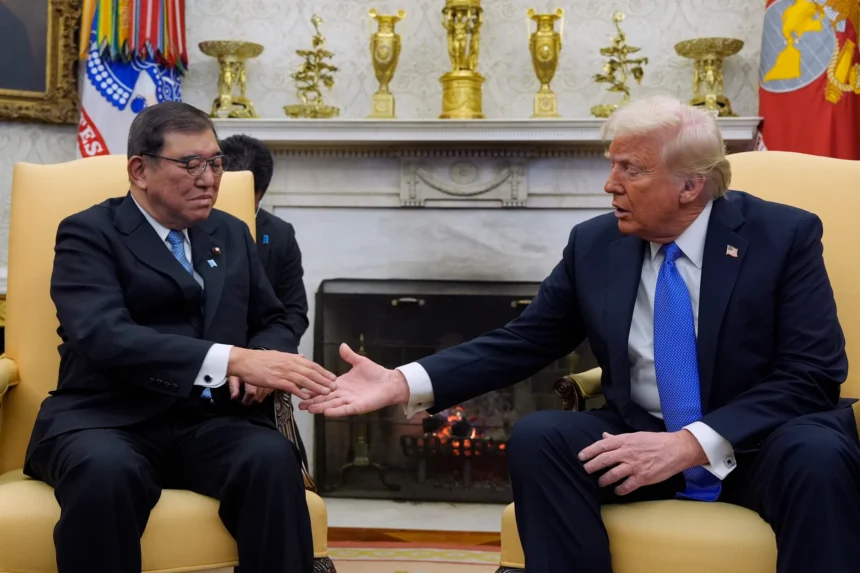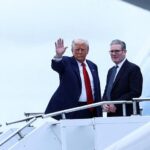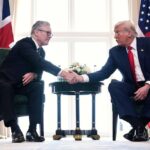In a move making waves across the global economic landscape, former U.S. President Donald Trump recently announced a “massive” trade deal aimed at reshaping American economic ties with key partners. Among the first global leaders to respond was Japan’s Prime Minister Shigeru Ishiba, who welcomed the announcement with optimism, calling it a “promising step toward revitalizing global commerce.” The renewed U.S.-Japan trade dynamics could have major implications for both economies—and possibly for the entire Asia-Pacific region.
Details of the Trade Deal
Though Trump hasn’t released full specifics, the deal is believed to focus on key sectors like digital goods, auto manufacturing, and agriculture. According to sources close to the announcement, the agreement would slash tariffs on high-tech imports, reduce regulatory hurdles, and open new pathways for cross-border e-commerce.
For Japan, this is a significant development. The country relies heavily on both exports and imports from the U.S., and any expansion of trade access could inject momentum into its slowing economy.
PM Ishiba stated
This could be the beginning of a new era in U.S.-Japan economic relations—one based on mutual growth and long-term stability
Strategic Timing Amid Global Shifts
The announcement comes at a time when global markets are attempting to recalibrate after pandemic disruptions, war-related instability, and a growing divide between Western allies and countries like China and Russia. Trump’s move may be part of a broader strategy to reinforce U.S. influence in Asia and compete directly with China’s Belt and Road economic ambitions.
Japan, facing a declining population and workforce, is eager to embrace fresh trade opportunities that prioritize innovation, AI, and energy cooperation. Ishiba emphasized the importance of this deal aligning with Japan’s vision for a tech-forward, environmentally sustainable economy.
Potential Challenges Ahead
Despite the excitement, there are concerns. Trade analysts warn that a lack of transparency and multilateral engagement might limit the deal’s impact. Additionally, any sweeping agreement involving tariffs and regulations will require careful negotiation with domestic industries on both sides.
Meanwhile, political observers note that Ishiba’s enthusiastic backing may also be a diplomatic strategy to strengthen ties with a possible second Trump administration ahead of the 2024 U.S. elections.
Conclusion
The “massive” trade deal announcement by Trump and the warm welcome from Japan’s PM Ishiba mark a potential turning point in international trade dynamics. While the world awaits full details, the positive reception from Tokyo suggests strong interest in renewed economic collaboration. If executed well, the agreement could redefine the economic future of two of the world’s largest economies.








